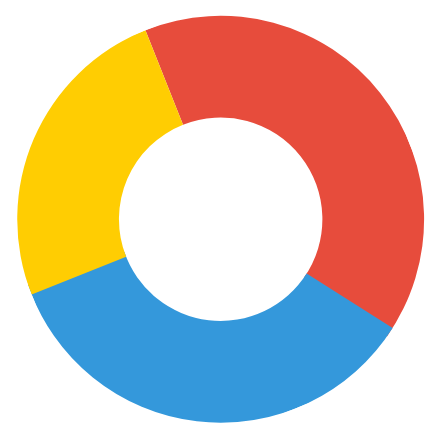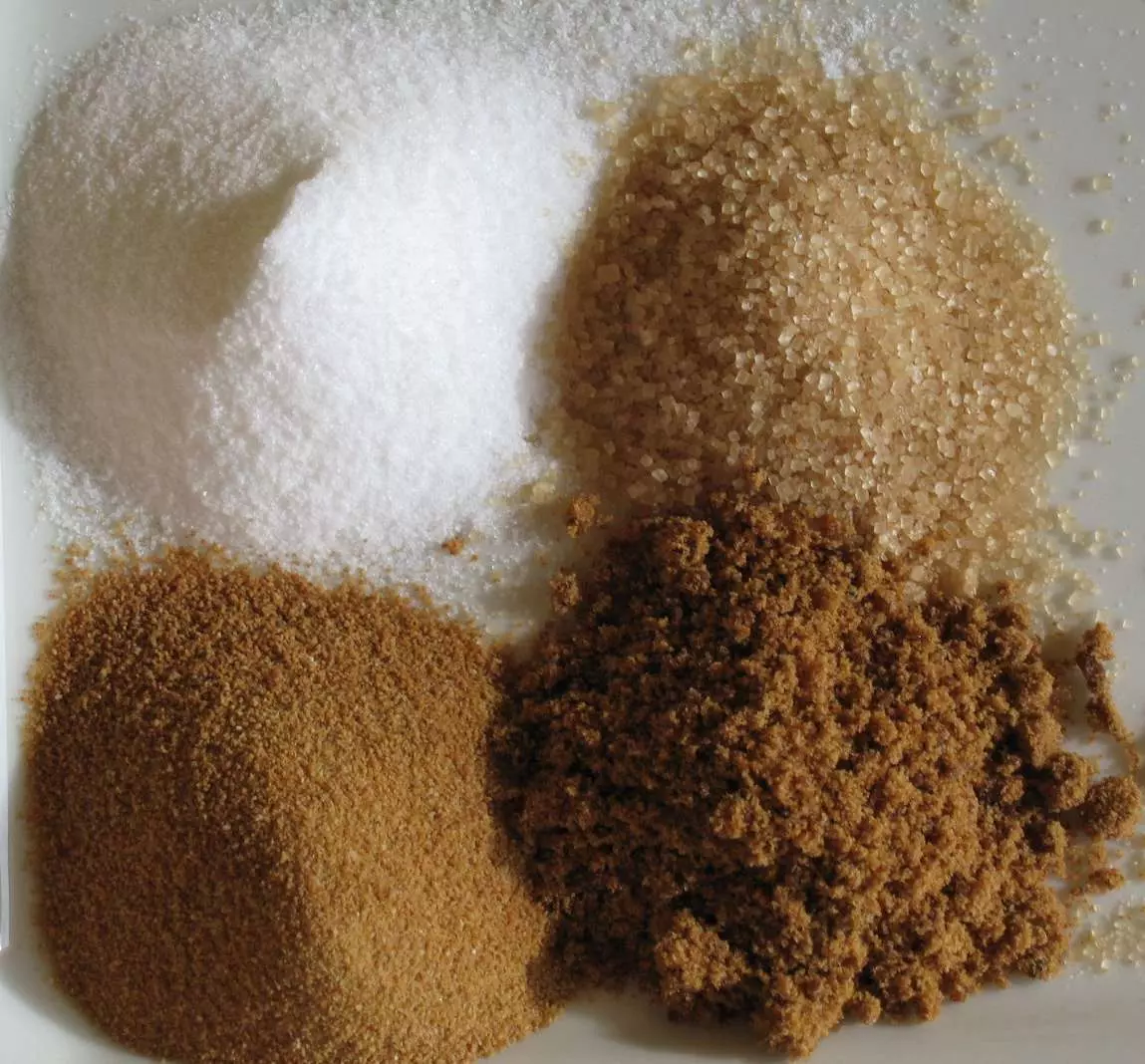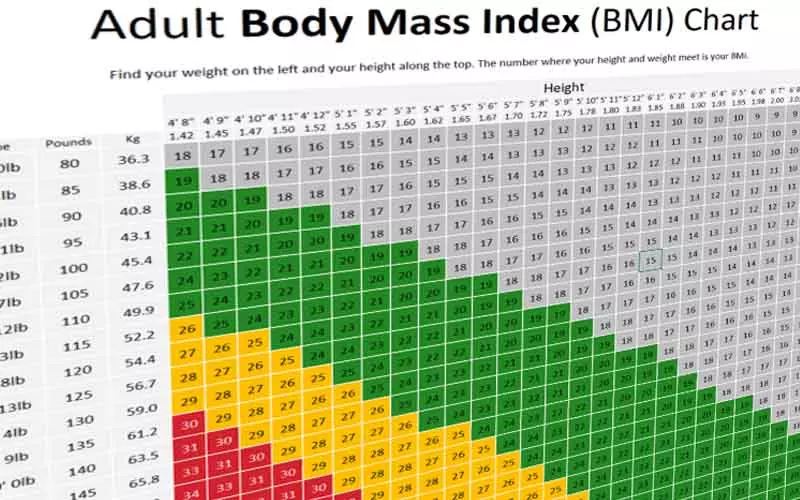Sodium is a chemical element referred to as Na by scientists.
Salt is a mixture of 40% Sodium and another chemical element called Chloride making up the remaining 60%; hence it is also known as Sodium Chloride.
Salt occurs naturally in sea water or in deposits underground.
On food labels in the UK you should find that salt is listed; even if products only contain Sodium the government recommendation is that the Sodium value is converted to Salt and displayed that way. The equivalent salt value can be calculated by multiplying the Sodium number by 2.5.
Guidelines are that adults should eat no more than 2.4g of sodium per day or 6g of salt.
Food labels will show High and Low levels if the following are true
High more than 1.5g of salt per 100g (or 0.6g sodium)
Low 0.3g of salt or less per 100g (or 0.1g sodium)




